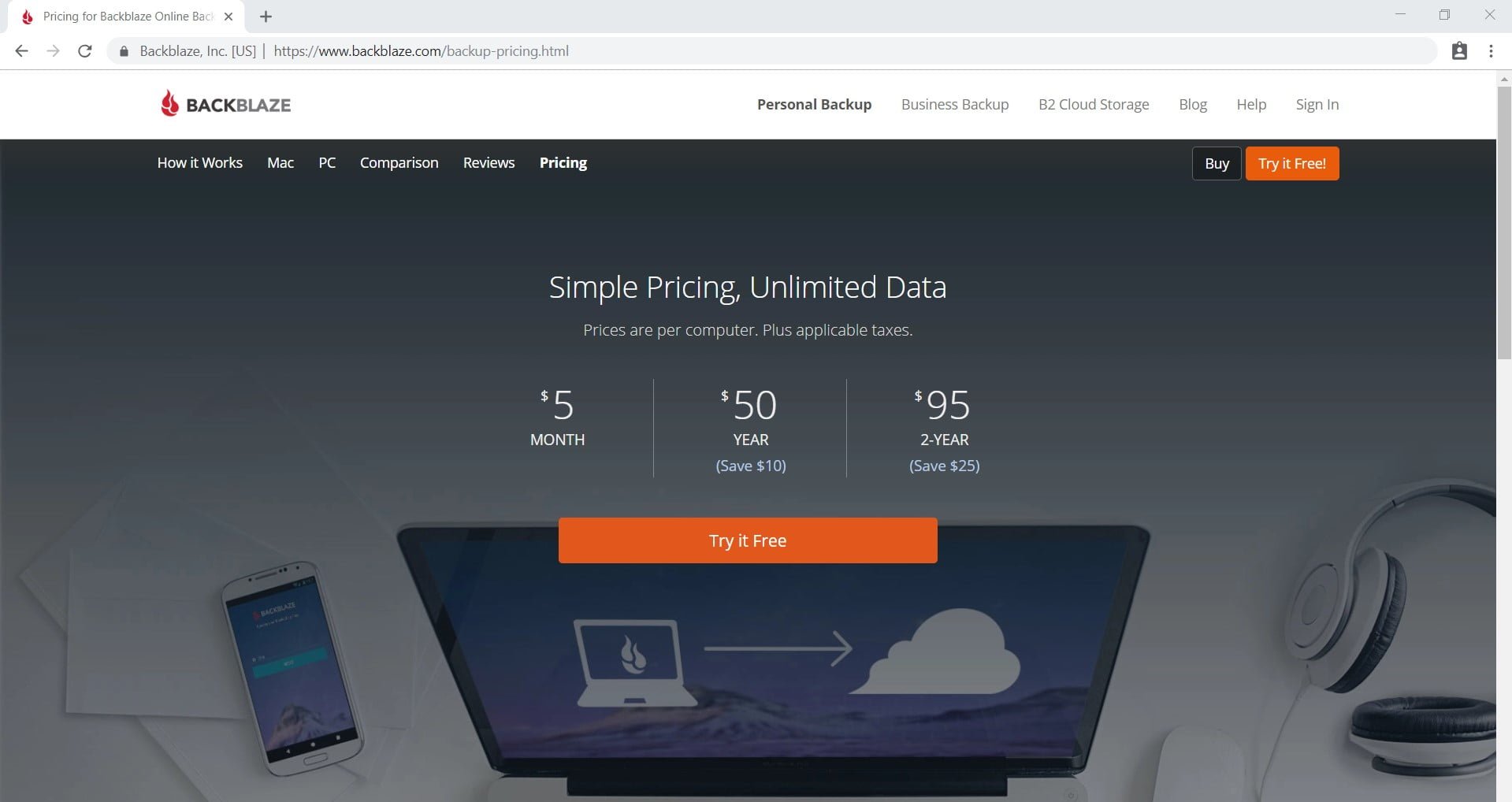

Go to the IAM, open that user details, and create an access key in the “Security credentials” tab. Similarly, you will find the BackupUserName with the IAM user name. Then, in the “Outputs” tab, you will see the BackupBucketName key with the generated S3 bucket name. To deploy the stack, run: aws cloudformation deploy -stack-name backupToS3 -template-file stack.yml -capabilities CAPABILITY_IAM Get bucket nameĪfter the deployment is completed, go to the CloudFormation in the AWS Console and find the backupToS3 stack. It’s an IAM user with permission to upload files to the bucket. The second created resource is the BackupUser. This rule will prevent those incomplete uploads from staying forever and generating charges. If the process fails or is interrupted, you are still charged for the uploaded chunks until you complete or abort the upload. The script will upload big files in multiple chunks. The other lifecycle rule aborts incomplete files uploads after 3 days. S3 lifecycle rule description in AWS Console It will keep only the last 3 versions and remove others 30 days after they become “older”. On the other hand, to not keep old backups indefinitely (and pay for them), the bucket has a lifecycle rule that automatically removes old file versions. When uploading new versions of existing files – fresh backups of the same files – the previous ones will be kept instead of immediately overridden. The BackupBucket has disabled public access for all the objects, as you don’t want any of the files to be publicly accessible by mistake. The template defines two resources: the BackupBucket and BackupUser. And while you could create and configure it by hand, it will be easier to provision it with a simple CloudFormation template. To store backups in an S3 bucket, you need to have such a bucket.
#BACKBLAZE PRICING VS AMAZON S3 INSTALL#
On macOS, you can install them with Homebrew: brew install rclone parallel Provision AWS resources If you are interested only in the script and usage instructions, you can find the link to the GitHub repository at the end. Backup to S3 scriptīelow is the full, detailed explanation. The result is the script I wrote for backing up files to the S3 bucket.
#BACKBLAZE PRICING VS AMAZON S3 ARCHIVE#
This is especially true if you want to archive data and don’t touch it too often. But then I remembered that I work on AWS, and Amazon S3 storage is cheap. Looking for personal cloud backup solutions, I found some overcomplicated, some expensive, and one or two reasonable services. This, however, is just one copy kept right next to my laptop. I have an external disk with documents and photos archive. On the internet, you can find a 3-2-1 backup strategy: The question about the personal backup system is raised from time to time on Hacker News. But I already had the script, I had fun writing it, I will continue using it, so I decided to share it. Then I did the research again, and the results were quite different – this time, I found a few reasonable services I could use. So I wrote down the backup script myself. There must be a good, easy-to-use cloud backup service, right? But everything I found was too complex and/or expensive.

Instead of reinventing the wheel, I started with research. And it costs me only $3.70 per TiB per month.
After some fine-tuning and solving a bunch of edge-cases, it’s limited mainly by the disk read and my internet upload speed. In need to backup my personal files in the cloud, I wrote a script that archives the data into the Amazon S3 bucket. Backup from Google Photos (and similar).


 0 kommentar(er)
0 kommentar(er)
